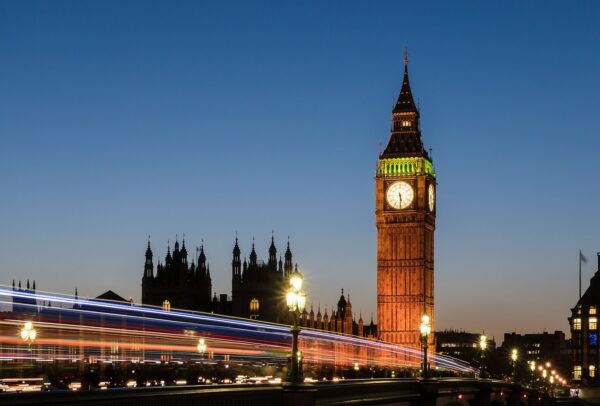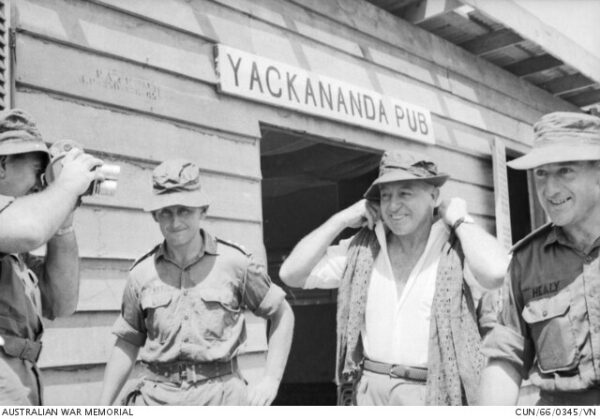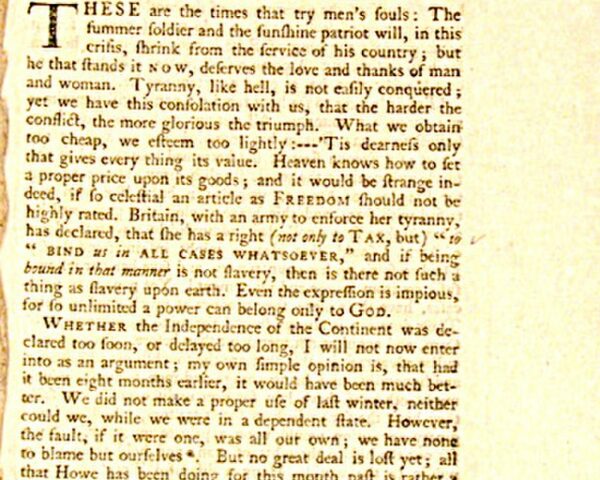On May 31, 1859, the iconic clock tower now known as Big Ben began to keep time for the first time. Located at the north end of the Palace of Westminster in London, the tower has since become one of the most recognizable symbols of the United Kingdom. Although the name “Big Ben” originally referred only to the Great Bell of the clock, it is now commonly used to describe the entire clock tower and its clock.
The clock tower was part of Charles Barry’s design for a new palace after the original Palace of Westminster was destroyed by fire in 1834. Barry enlisted the help of Augustus Pugin, an architect renowned for his Gothic Revival designs, to create the detailed Gothic aesthetics of the tower. The tower stands at an imposing height of 316 feet, making it a prominent feature of the London skyline.
The clock itself was designed by Edmund Beckett Denison, a lawyer and amateur horologist, in collaboration with George Airy, the Astronomer Royal. The clock mechanism was constructed by Edward John Dent, and after his death in 1853, it was completed by his stepson, Frederick Dent. One of the most remarkable features of the clock is its accuracy, which was ensured by a gravity escapement designed by Denison. This innovation allowed the clock to remain precise despite external factors such as wind or the movement of the tower.
The Great Bell, known as Big Ben, weighs a massive 13.5 tons and is 7 feet 2 inches tall with a diameter of 9 feet. The bell was cast at the Whitechapel Bell Foundry, and it took several attempts to achieve the desired sound and durability. The first bell cast for the tower cracked during testing and had to be recast. The second bell, which also cracked shortly after installation, was repaired by turning it a quarter turn and using a lighter hammer to strike it. This solution allowed Big Ben to produce its distinctive chime that has been heard around London for over a century and a half.
The clock began keeping time on May 31, 1859, and Big Ben chimed for the first time on July 11 of the same year. The accuracy and reliability of the clock were immediately apparent, earning it a reputation as one of the most reliable timekeeping devices in the world. The clock’s four faces are made of iron frames filled with opal glass, and each face is 23 feet in diameter. The minute hands are 14 feet long, and the hour hands are 9 feet long, allowing the time to be read from a considerable distance.
Over the years, Big Ben has become more than just a timekeeping device; it has evolved into a symbol of British resilience and tradition. During World War II, despite the heavy bombing of London, Big Ben continued to chime, providing a sense of continuity and hope to the beleaguered city. The chimes of Big Ben have also been broadcast by the BBC since 1923, marking the start of the New Year and other significant events in the UK.
In 2012, the clock tower was renamed Elizabeth Tower in honor of Queen Elizabeth II’s Diamond Jubilee. Despite the name change, the structure is still popularly known as Big Ben. The tower has undergone several restorations over the years, with the most recent renovation beginning in 2017 and completed in 2022. These efforts have ensured that Big Ben continues to function accurately and remain an enduring landmark.






